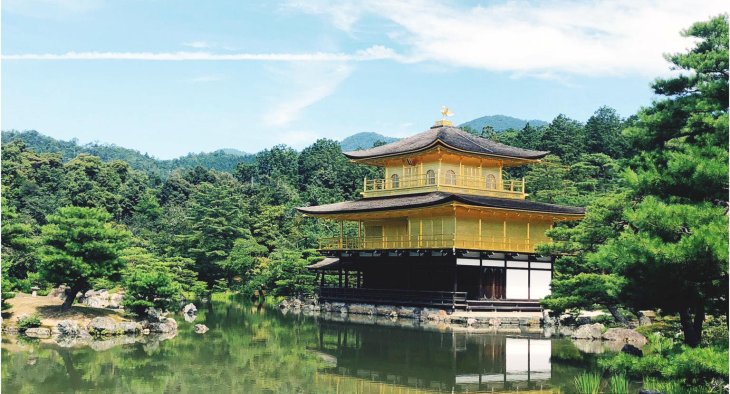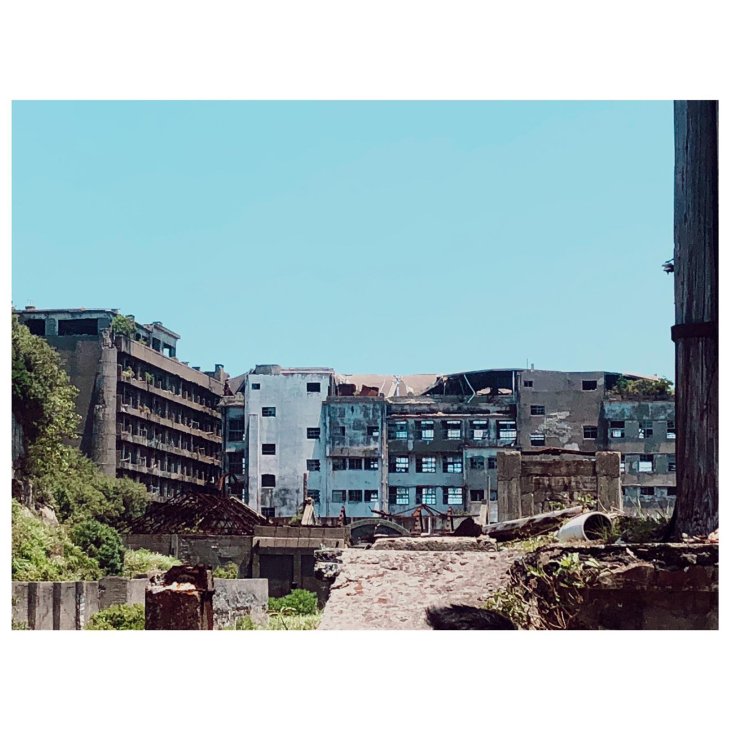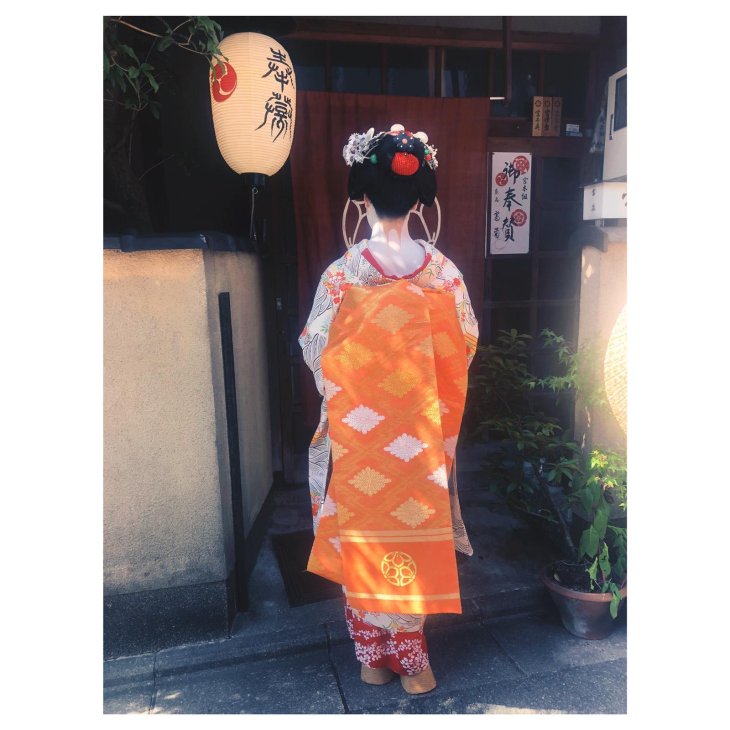
This was it...our two-week whistle stop tour of Japan was upon us.
The itinerary was jam packed. We’d fly into Tokyo and spend three nights there before getting the bullet train around the country to: Hiroshima for one night via Nagoya and Hamamatsu, Fukuoka for four nights, Kyoto for two nights, Kanazawa for two nights and then finally, back in Tokyo to end the trip, all with the assistance of our Japanese travel partners help and local expertise!
Georgina used to live in Japan, teaching English for three years, so her knowledge of the culture and language was a great head start. I had never been to Japan, but it has always been a country I’ve been inquisitive and curious about. To me, the Japanese culture seems worlds apart from anything we know back in Europe.
There were various reasons for the FAM trip but most importantly we needed to check excursions. hotels and venues and carry out stadium visits.

Each city that we visited had its own characteristics and traits. Tokyo is vast with many different areas, almost sub-cities. Neon lights, pavements packed with commuters and tourists, izakayas brimming with salarymen, food halls serving steaming Ramen, tall buildings stretching up to the sky and old shrines packed full of tourists. We squeezed in lots of sightseeing, including the Tokyo Sky Tree, Meiji Shrine and Nakamise-dori Street which is full of shops and food stalls leading up to the Sensoji Temple. Handcrafted fans and lanterns, the smell of fresh cookies containing sweet bean paste, small crockery items...this street has it all. I even caught glimpse of a Sumo Wrestler...!
We also went to Hakone, which is a holiday resort situated in a volcanic crater about 2 hours from Tokyo. We caught the boat across Lake Ashi to the cable car which offered spectacular views across the valley. Once at the top, the smell of sulphur hits you and there’s the option to try a black egg (cooked in the boiling volcanic waters) to extend your life by seven years...
From Tokyo we journeyed to Hiroshima via Hamamatsu and Nagoya...this was to be my first ever bullet train (Shinkansen) trip and I was not disappointed. The bullet train travels of speeds up to 320km/per hour and are extremely efficient and prompt.
A visit to the Peace Memorial Park and Museum is a subtle reminder of what this city and its civilians experienced and lived through during the war years. It is thought provoking, and, in my opinion, a must do for anyone visiting.
From Hiroshima mainland we caught the boat to Mijajima Island which is famous for its Itsukushima Shrine; the red gate at sea which looks as though it’s floating. This was something I was excited about visiting as it’s rather iconic. Miyajima itself is really quaint with winding streets selling local dishes and crafts.

After our night in Hiroshima we got the bullet train to Fukuoka, as this is where our tours will be based for travelling out to Kumamoto and Oita Stadium for the various games being held there. It’s a city with a different feeling. It’s not dissimilar to Tokyo in that it’s a large, contemporary city, but it seems more calm and relaxed. My absolute highlight of our four nights here was to visit Nagasaki, which is about two hours by coach. Nagasaki suffered the same fate as Hiroshima in 1945 although you couldn’t tell now, as there are very few signs of its past other than the Atomic Bomb Museum in the city centre.
From Nagasaki port we caught the boat to Hashima Island, known as Gunkanjima, which was once populated by miners and their families working in the undersea coal mines for Mitsubishi. When the coal came to an end, so did its inhabitants and they moved back to mainland Nagasaki. Since 1974, the island has been deserted and what’s left are abandoned buildings. It is eerie and quiet but nonetheless fascinating. It features in the James Bond movie Sky Fall!
Nagasaki has much else to offer including Glover Garden which sits perched on a hillside overlooking the valley and the sea. It’s perfectly pruned gardens and colonial style buildings pay homage to Scotsman Thomas Glover and how he brought the Industrial Revolution to Japan.

Now to Kyoto...a city I felt immediately at ease in due to its laid back vibe.
There are many things to do in Kyoto but I particularly liked the Ryoanji Temple and Rock Garden which I can imagine will be absolutely beautiful during the time of Rugby World Cup.
Similarly the Kinkaku Temple, adorned with gold leaf, is beautiful too. We tried kaiseki which is native to Kyoto and is a dish that consists of perfectly portioned pieces of Japanese food. Oishii (tasty)!
Kyoto is well known for its Geisha and tea houses. When I think of Japan I think of Geisha so when I saw a Maiko (apprentice Geisha) teetering down the street in her geta slippers I couldn’t believe it! She was running errands and all eyes were on her, as there are only about 250 in Kyoto.
Kyoto is also known for its Fushimi Inari Shrine, and the seemingly never ending red gates leading up to it. This is a tourist hot spot and the chance for some amazing photos that you can look back on and be reminded of the beauty of Japan and its Shinto religion.

After Kyoto we travelled to Kanazawa. Fortunately, Kanazawa wasn’t affected by WWII and so it retains a lot of historical buildings and its original infrastructure. It is very compact, and most points of interest are either in the city centre or just outside of it. Kanazawa is on the up with tourism due to the bullet train line being installed only in 2015 from Tokyo, which I think helps it to retain a lot of its authenticity.
In terms of what it has to offer...from the maze of Samurai housing, the Omicho Fish Market, Sake tasting and Kanazawa Castle, there are many options. Although it doesn’t manufacture gold, it is famed for its gold leaf which is sold on various objects in the little shops in the Geisha district and even used to dust the tops of ice creams...
To me, Kanazawa is like Kyoto’s little suburban sibling. It’s not overwhelming, it is just a nice size with some very traditional things to do and eat including kaga ryori, which is an alternative kaiseki dish to Kyoto’s.

To end the trip, our Japanese travel partners took us to a restaurant which served the dish Shabu-Shabu, lemon chuhi and ice-cold Asahi. As you submerge the thin slice of meat into the pot of boiling water containing vegetables you chant ‘Shabu…Shabu’ and it is just good fun! This is another must do to add to your (now very) long list!
Did I mention it got to 40 degrees? But don’t worry, as fortunately it will be autumn when the Rugby World Cup is on! I’m already looking forward to seeing these beautiful cities in their golden glory.
What struck me, is how very polite and courteous Japanese people are, everywhere we went they greeted us and bowed. There aren’t any bins in the street as people are accustomed to taking their trash home with them. This said, the cities were all extremely neat and clean.
In honesty I could write much more about Japan, but I’d be here all day. So, I’ll end this report with my five words which I personally think sum up Japan; alluring, safe, traditional, resilient and elegant.
Roll on Rugby World Cup 2019™…

